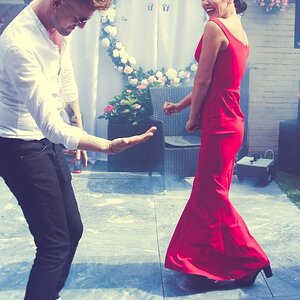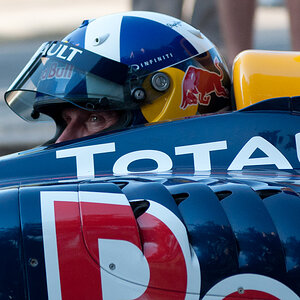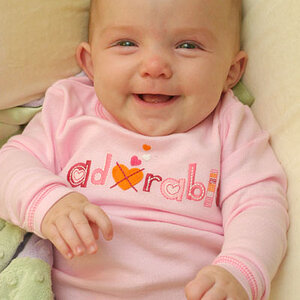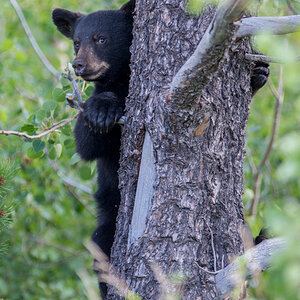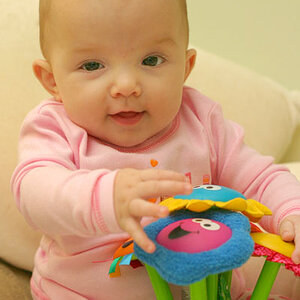gsgary
Been spending a lot of time on here!
- Joined
- Oct 31, 2008
- Messages
- 16,143
- Reaction score
- 3,002
- Location
- Chesterfield UK
- Website
- www.gsgary.smugmug.com
- Can others edit my Photos
- Photos OK to edit
I think that good street photographs should show the photographer's intent. Either in the original composition of the re-framing in post, what the photographer is trying to make you look at should become obvious.
If not, then a street photograph becomes not too much more than a random set of things that the viewer must sort out rather than a statement of some sort.
In the original of the picture above, there are three interactions that are unrelated, not really in any hierarchy and aren't at all similar (so they don't work in synchrony to make a coherent point.) So, for me, I don't know what the photographer's point is.
In the crop, I chose to frame around the interaction that seemed the most important.
This is where we differ i never crop my street photos
Sent from my GT-I9100P using Tapatalk 2


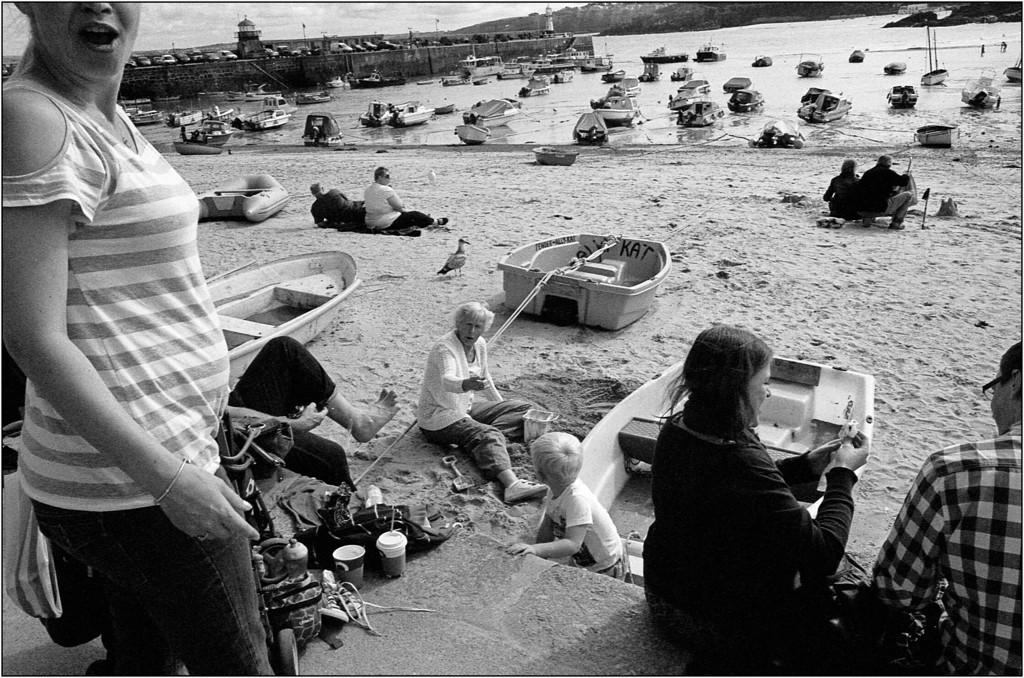
![[No title]](/data/xfmg/thumbnail/37/37605-90c8efaef5b7d1f52d4bf8e7dfd33673.jpg?1619738148)
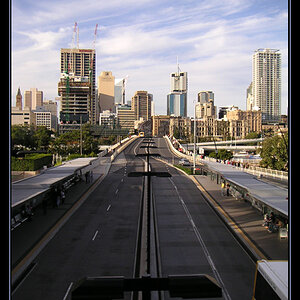
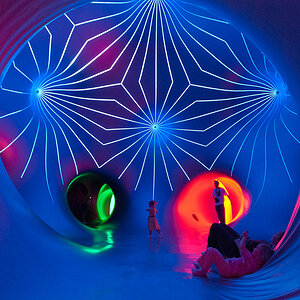
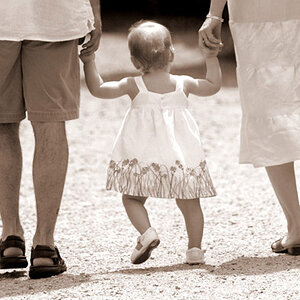

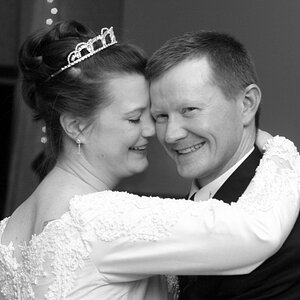
![[No title]](/data/xfmg/thumbnail/37/37606-3c9ffb5906173fa2aa489341967e1468.jpg?1619738148)
